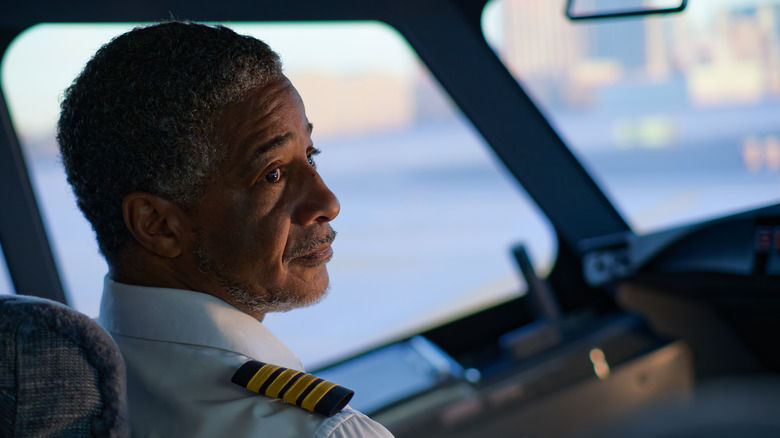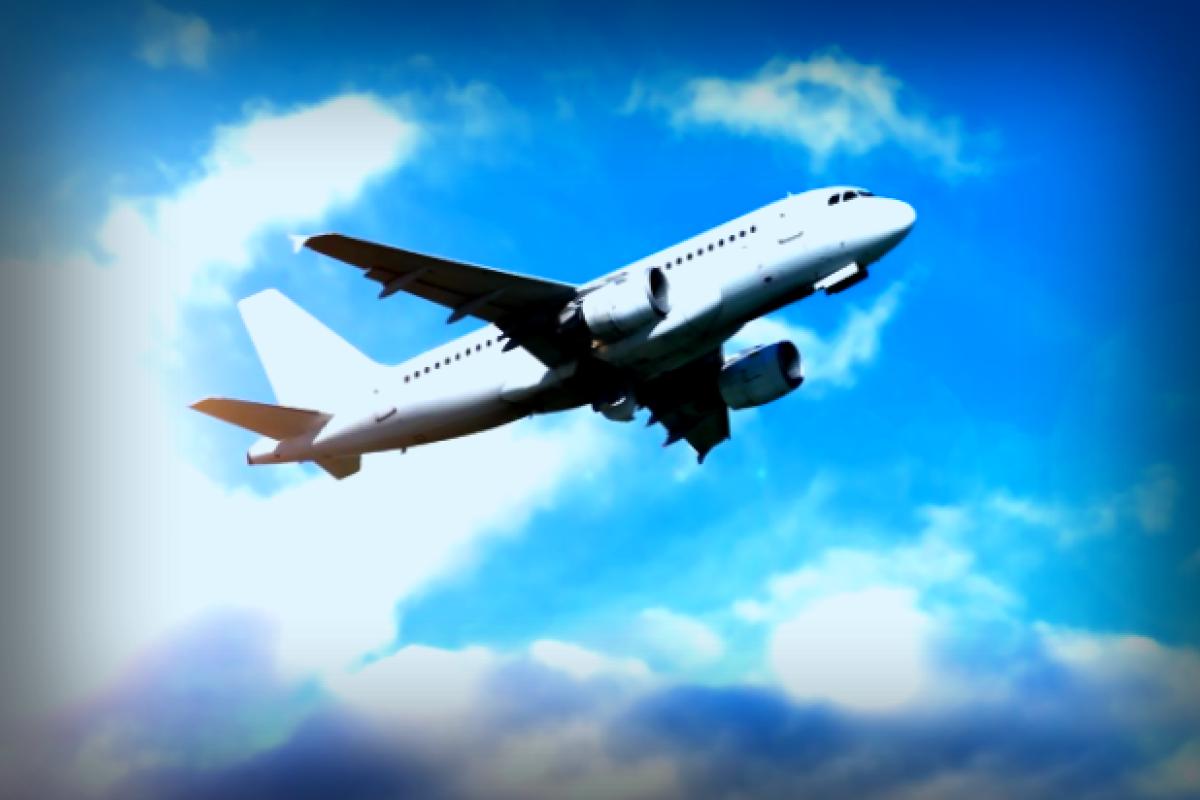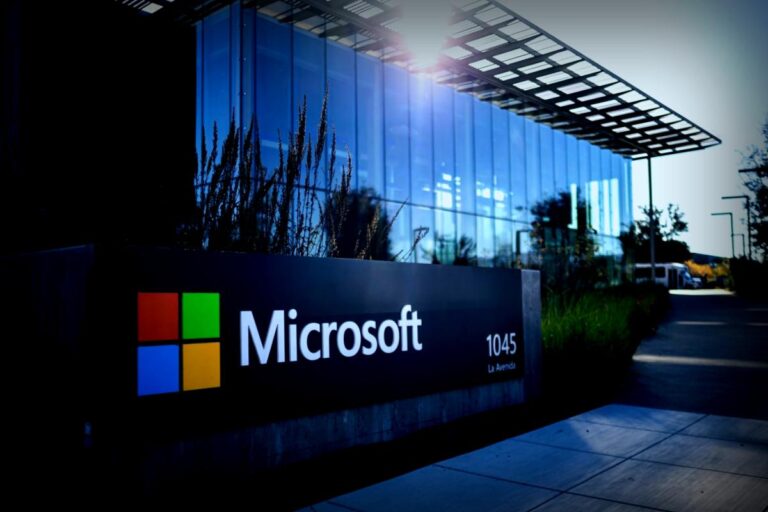For those who love aviation, few things are more exciting than watching a plane take off and soar through the sky. It’s incredible to think about the physics and engineering that allows these machines to rise off the ground! But what happens once we can’t see them anymore? Luckily, in this digital age, there are apps for tracking flights! Not only can we book flights easily with our phones, but we can also keep tabs on the flights of friends and family. Have you ever considered how these apps can actually provide real-time flight locations, especially when they show hundreds of planes simultaneously?
What Technology Powers Flight Tracking Apps?
Modern aircraft are outfitted with sophisticated technology that, combined with ground infrastructure, makes real-time tracking possible. One prominent player in this realm is Flightradar24, a flight-tracking service that many of us have probably used. Flightradar24 informs us that besides the common satellite and radar data, it uses a range of lesser-known methods, including Multilateration (which measures the time it takes for a signal from the aircraft to reach a receiver) and Automatic Dependent Surveillance Broadcast to keep track of flight activity. Though each of these methods has its limitations, together they paint an accurate overview of air traffic that apps like Google and others use.
How Do These Apps Track a Variety of Aircraft?

At the current moment, Flightradar24 is monitoring around 16,138 aircraft worldwide. Among these, a mix of types means their onboard systems vary significantly. Curiously enough, the majority of these planes (around 13,752) are monitored using one primary method: ADS-B.
ADS-B, or Automatic Dependent Surveillance-Broadcast, consists of two essential parts. First, ADS-B In gives pilots position info along with crucial warnings. Second, ADS-B Out transmits essential movement details back to ground stations and other aircraft. With global coverage provided by numerous stations, these transmissions occur every minute, making the data both accurate and expansive.
Another important tracking method visible on Flightradar24 is MLAT (which tracked 721 aircraft at the time of writing). While this system is less precise than ADS-B, it’s useful for planes that don’t have an ADS-B transponder (instead utilizing Mode S). MLAT, or Multilateration, employs time differences to calculate an aircraft’s position relative to several ground stations; receiving data from around four stations allows the system to outline the aircraft’s trajectory.
How Does the Flight-Tracking Process Work and What Are Some Downsides?

These flight-tracking services tap into a vast pool of information to help ascertain where an airplane is while in flight. However, the various tracking systems are not without flaws. For instance, ADS-B can’t track planes without the proper transponder, and global coverage may face limitations. To enhance coverage, programs like FlightAware’s FlightFeeder allow eligible hosts to use a small device to detect and translate ADS-B signals.
Multilateration also has its drawbacks, as an aircraft needs to be within range of at least four receivers for accurate position tracking; obstructed signals can lead to unreliable data. Nevertheless, a notable perk of MLAT is that it’s still usable even when GPS tracking is temporarily out of service.
With ADS-B, planes send out their positions and other data via satellite and GPS, making this method more reliable than traditional radar systems, which can be limited by range. No tracking system is flawless, and delivering real-time details can be a challenge (MLAT may require up to six seconds to update due to data delays). Thus, the live data you see on apps such as FlightAware might occasionally be slightly delayed.
Want to stay updated on the latest tech and automotive trends? Be sure to subscribe to our free newsletter and receive the latest headlines, expert advice, and tips straight to your inbox!
Check out the original article on SlashGear for more!




















